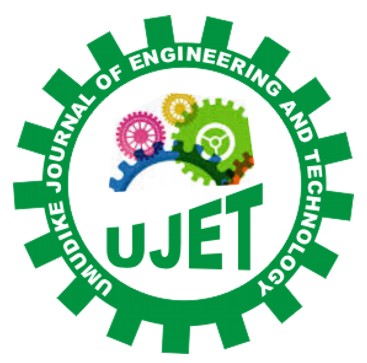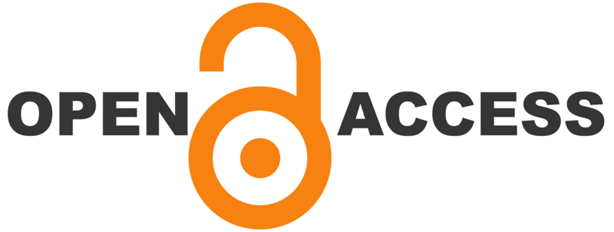|
Ilo, S. F.
Department of Computer Engineering, Michael Okpara University of Agriculture, Umudike. Abia State, Nigeria
Chiagunye, T. T.
Department of Computer Engineering, Michael Okpara University of Agriculture, Umudike. Abia State, Nigeria
Nweke, C. B.
Department of Computer Engineering, Michael Okpara University of Agriculture, Umudike. Abia State, Nigeria
Ahiara, W. C.
Department of Computer Engineering, Michael Okpara University of Agriculture, Umudike. Abia State, Nigeria
ABSTRACT
Gi-Fi, or Gigabit Wireless, is a cutting-edge wireless communication technology that uses a novel transceiver integrated circuit (IC) on a single chip. It works at a stunning frequency of 60GHz on the CMOS process, allowing the smooth transfer of audio and video files at a record-breaking data speed of up to 5 Gigabits per second. This amazing speed according to Al-Begain et al., 2008 is ten times faster than the current peak wireless transfer rate, making Gi-Fi a strong competitor in the field of fast, low-cost wireless data transmission. Compared to existing technologies that have similar transmission range of 10 meters, Gi-Fi is a cost-effective option, with a one-tenth reduction in expenses. The device’s compact design, contained within a 5mm square chip with a 1mm wide antenna, further highlights its efficiency. Remarkably, according to Dawood et al., 2019, the Gi-Fi chip uses less than 2 watts of power during data transmission over short distances, adding to its energy-efficient profile. This technology changes the game in wireless communication, surpassing conventional options such as Bluetooth, Wi-Fi, and Wi-MAX. Notably, Gi-Fi’s data transfer abilities greatly exceed the existing standards, making it a driving force for speeding up wireless communication. The possibility of seamless integration with existing technologies, including Wi-MAX according to Hua et al., 2017 creates opportunities for long-range transmission, broadening the range of applications for Gi-Fi. The impact of Gi-Fi goes beyond its immediate advantages, creating a path for the development of future technologies that require large-scale sharing of files and data. The integration of Gi-Fi with existing systems promises to improve long-range transmission capabilities, marking a significant step towards the advancement of wireless communication.
Keywords: Gi-Fi, CMOS, Wi-Fi, Wi-MAX
https://doi.org/10.33922/j.ujet_v10i1_8
|
View: 247 | Download: 16
Published
Tuesday, April 23, 2024
Issue
Vol. 10 No. 1, June 2024
Article Section
GENERAL
The contents of the articles are the sole opinion of the author(s) and not of UJET.
|


